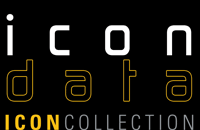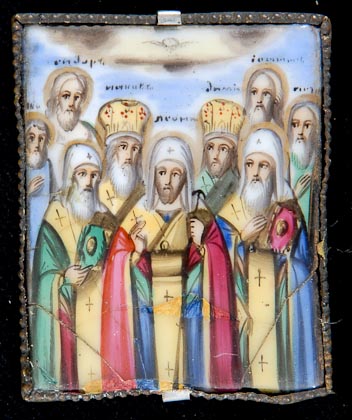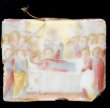
Willamo Icon Collection
Attached documents
-
IMG/zip/Willamo-collection_1.zip (Zip - 6.1 Mb)
-
IMG/zip/Willamo-collection_2.zip (Zip - 6 Mb)
-
IMG/zip/Willamo-collection_3.zip (Zip - 6.4 Mb)
-
IMG/zip/Willamo-collection_4.zip (Zip - 5.2 Mb)
According to Harri Willamo, his enthusiasm for collecting icons was sparked by visits to European museums during his travels abroad. His interest in Italian art of the early Middle Ages served to introduce him to the visual world of the Eastern Church. Together with his wife Katri, Harri Willamo started collecting icons in the 1960’s.
Their hobby was timely. During the early 1960’s, icons of the Eastern Church were more visible in the art world of Finland’s capital than they had been before. Taidelehti, an authoritative art magazine, wrote about them, and weekly magazines illustrated young Orthodox people painting icons. At about the same time, the antique market, which had been providing icons for a long time, began to offer icons from the Soviet Union.
While Finnish collectors mainly acquired icons along with other kinds of art, Harri Willamo wanted to concentrate on icons exclusively. After making his first purchases in Western Europe and Finland, he started to be intrigued by the idea of saving ecclesiastical art from a state that had declared itself to be atheistic and where most churches were either closed or transformed into museums. Finding the right connections for this unusual Eastern trade took quite a long time. In 1977 Willamo began to cooperate with Novoexport, the state-owned foreign trade association of the Soviet Union. The icons and antiquities that this company obtained from emptied churches and by other means were sold to carefully selected foreigners. Novoexport was assisted in this by experts and specialists, including personnel from the State Conservation Research Institute and the Tretyakov Gallery. It was at this time that Harri Willamo began to travel to Moscow to the church near Bolšaja Poljanka, where Novoexport had its storage.
In the beginning, Harri Willamo acquired icons to be sold in Finland and in Scandinavia. Unforgettable experiences in the Soviet Union—especially visits to churches that were still functioning and full of worshippers—deepened his personal relationship with icons. He continued to import icons and to make arrangements for exhibiting them, and the collection in the Willamo home continued to grow, consisting mostly of works from the 18th and 19th centuries. Among them are some icons that follow strictly traditional rules in painting style. Their painters were probably old-believer craftsmen who took pride in their skills. The Willamos had a special liking for so-called folk-icons, which are boldly plain, but with striking colors. Their attention was also captured by the use of color on icons painted by the Art Academy of St. Petersburg , as well as by yet another masterly decorative style that is only one step away from the popular paleh style of lacquer painting.
Icon export from the Soviet Union was prohibited at the end of 1980’s. However, Harri Willamo continued collecting, and in the 1990’s he strove to assemble a comprehensive library of books related to icons. In cooperation with Finnish and Russian museums, conservators and art researchers, Willamo organized seminars and exhibitions, and in 1997 he published a study of Russian folk-icons under the title Venäläiset kansanikonit: Russian folk-icons - Russkie narodnye ikony.









